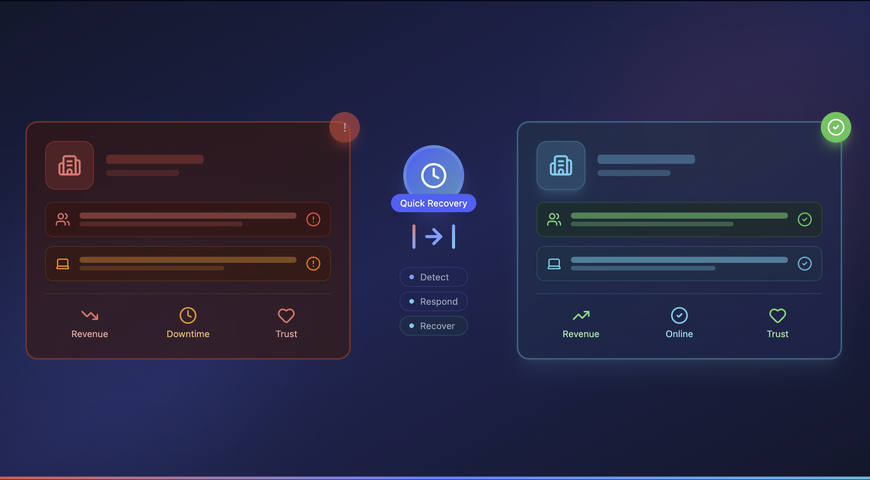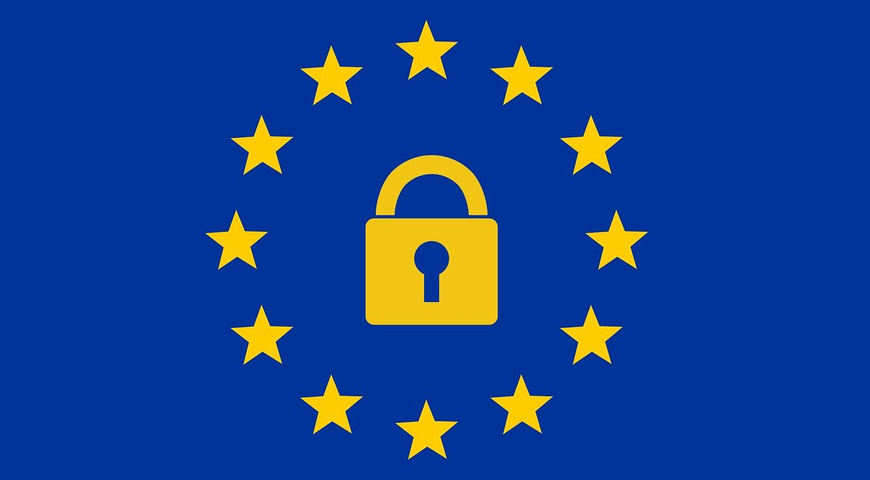As if IT leaders didn't have enough to worry about. On top of protecting corporate data 24/7, they've got a head-spinning array of acronyms to master — and knowing that a strong BCP can minimize RTO and RPO is just the beginning.
Fear not. This cheat sheet of key data backup acronyms will provide any harried IT leader with the language mastery he needs to succeed that no Webster's Dictionary ever could.
At the Top: BIA
BIA: Business impact analysis, or BIA, is the patriarch of IT backup acronyms. This analysis involves identifying and evaluating potential effects — think financial, legal, workplace, etc. — that an unexpected disaster could have on a business. BIA is an important step in disaster recovery planning as it helps IT leaders set RPO and RTO times (more on those acronyms later) and to define the company's recovery and continuity strategy. Got it?
Planning and Strategy: BCP, DR
BCP: A business continuity plan, or BCP, refers to the actual strategy that helps a company carry on as it recovers from disruptions or data loss. This could be caused by a natural disaster, hardware failure, human error or less dramatic disruptions such as employee departures. BCP prescribes the exact steps necessary to minimize those financial, legal, personnel and other effects.
DR: As the name implies, disaster recovery refers to processes that get systems and applications running in the event of a major disaster, such as an earthquake or major outage. Easier said than done, right? Actually, there are several tools that can assist in the event of a disaster. And, yes, they discussed in acronyms.
Plan Deployment: DRaaS & BDR
DRaaS: Similar to the familiar SaaS acronym, DRaaS (Disaster-Recovery-as-a-Service) is a cloud-based solution, provided by a third-party as a pay-as-you-go service, to help companies implement a recovery plan that protects and recovers data and IT resources.
BDR: A backup disaster recovery device is a physical appliance that provides precise control over data backups. Using third-party software, IT pros can set devices to back up data automatically and to store remote backups in the cloud.
Crisis Response: RPO, RTO & MTPOD
RPO: Recovery Point Objective is the maximum amount of data a company can afford to lose. measured in time. That threshold is different for every company — and for different data functions within those companies. For example, fulfillment teams likely have zero tolerance for lost customer order data, but more tolerance for loss of inventory data for the paper, staples and pens they order regularly. Inventory sheets can be rebuilt, but the customer shouldn't have to re-submit an order.
The recovery point objective has implications on the resources companies must dedicate to backup. A company that can never lose more than 30 minutes of data must run a backup every half hour to ensure a recovery point that is no longer than 30 minutes old. However, companies that can lose 30 minutes of data on average can run backups every hour since failures would occur randomly. Individual RPOs might fluctuate depending on when an outage occurs, but the recovery point would average 30 minutes over time.
RTO: Recovery Time Objective is the time it takes to fully recover data after a disaster strikes. If a company's RTO is one day, that means that it could take an entire day for IT to recover all data and ensure all applications and systems are functioning properly.
MTPOD: TechTarget defines Maximum Tolerable Period of Disruption (MTPOD) as "the time following a disaster after which an organization's viability will be irreversibly impacted if production isn't resumed." In other words, cross the MTPOD line and you'll be out of a job — or, to borrow an acronym that needs no definition, SOL.
[Image via etelesolv]
About Acronis
A Swiss company founded in Singapore in 2003, Acronis has 15 offices worldwide and employees in 50+ countries. Acronis Cyber Protect Cloud is available in 26 languages in 150 countries and is used by over 21,000 service providers to protect over 750,000 businesses.



